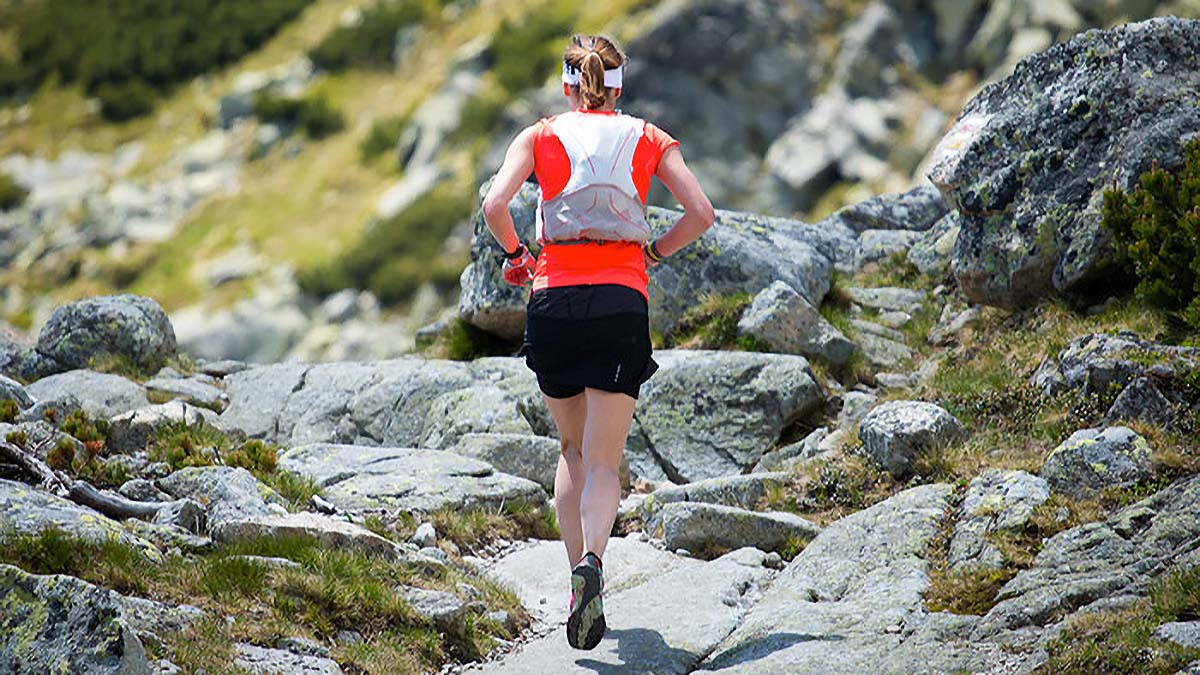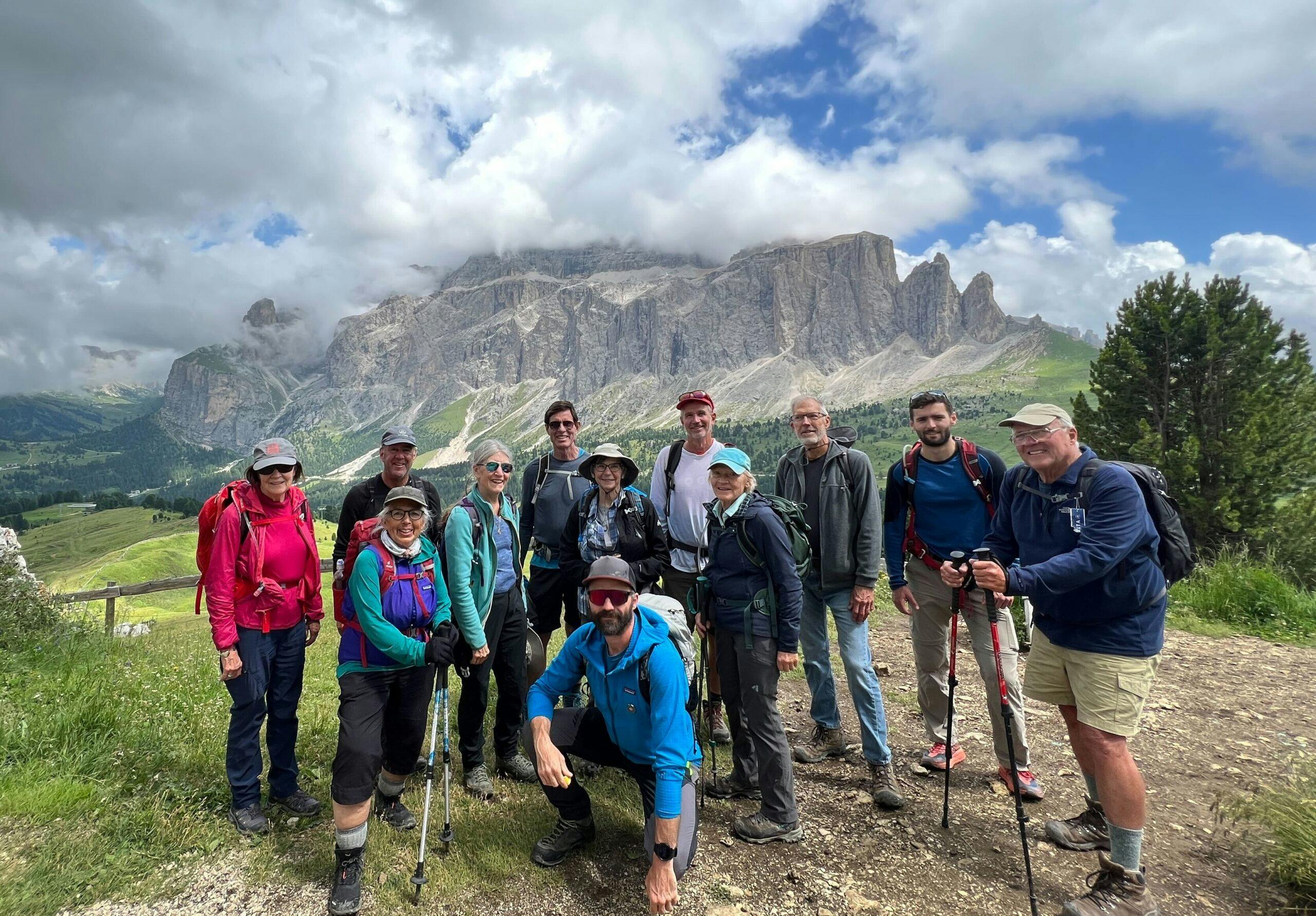Hiking 10 miles typically takes about 4-6 hours depending on your pace and terrain. When embarking on a 10-mile hike, it’s crucial to consider various factors that can impact your time frame.
The terrain and elevation gain will significantly affect your speed, as well as your fitness level and rest stops taken along the way. It’s advisable to plan for breaks, snacks, and hydration to ensure a comfortable and enjoyable hiking experience.
Keep in mind that the pace will vary for each individual, so listen to your body and adjust accordingly. Proper preparation and a positive mindset are key to completing a 10-mile hike successfully.


Credit: www.facebook.com
Factors Affecting Hiking Time
The time it takes to hike 10 miles depends on several factors, including trail difficulty, elevation gain, and hiker’s fitness level. Terrain, weather conditions, and rest breaks also affect hiking time. Generally, hikers cover 10 miles in 4-6 hours, but individual circumstances can vary.
Consideration of various factors is crucial when estimating the time required to complete a 10-mile hike. Distinct elements, such as Terrain Type and Weather Conditions, significantly impact hiking durations.| Factors Affecting Hiking Time |
|---|
Terrain TypeTerrain intricacies like inclines, obstacles, and trail conditions dictate pace alterations. |
Weather ConditionsWeather like rain, extreme heat, or cold can slow progress and increase rest time needed. |

Credit: www.mtsobek.com
Average Hiking Speed
Average Hiking Speed: When considering how long it takes to hike 10 miles, understanding the average hiking speed is essential. Hiking speed can vary based on factors like terrain, fitness level, and rest breaks.
Pace Variations
Hiking pace can range from 2.5 to 3.5 mph for most hikers, depending on the trail difficulty. Uphill climbs usually slow down the pace.
Rest Stops And Breaks
Factor in rest stops and breaks when estimating the time needed to hike 10 miles. Breaks can range from 10 to 20 minutes every hour.
Estimating Time For 10 Miles
Simple Calculation
Hiking 10 miles requires an estimation of the time it will take to complete the trail. By using a simple calculation based on average hiking speed, you can gauge the approximate duration of the hike.
Considering Variables
Several factors can influence the time it takes to hike 10 miles. These variables include the terrain, elevation gain, fitness level, trail conditions, weather, and the number of breaks taken during the hike.
Tips For A Faster Hike
When it comes to hiking, covering a distance of 10 miles can be a great challenge. However, with the right preparation and a few tips, you can make your hike faster and more efficient. In this article, we will explore some practical strategies to improve your hiking speed. From training and fitness advice to efficient packing techniques, these tips will help you amp up your hiking game. Let’s get started!
Training And Fitness
Training and fitness play a crucial role in boosting your hiking speed. Incorporating the following tips into your routine will help you build endurance and improve your overall hiking performance:
- Start with shorter hikes and gradually increase the distance to build stamina.
- Incorporate cardiovascular exercises like running, cycling, or swimming into your fitness routine.
- Include strength training exercises to strengthen your leg muscles and improve stability.
- Practice hiking on various terrains to get comfortable with different conditions you may encounter on your 10-mile hike.
- Consider utilizing hiking poles to reduce strain on your joints and increase speed.
Efficient Packing
Efficient packing is essential to ensure a faster and more enjoyable hike. Here are some tips to help you pack smart and lighten your load:
- Invest in lightweight and compact camping gear and equipment.
- Create a checklist to ensure you only pack the essentials and eliminate unnecessary items.
- Opt for multifunctional gear that serves multiple purposes.
- Organize your backpack efficiently by distributing the weight evenly.
- Consider using compression sacks to compress your clothing and save space.
- Bring lightweight, quick-drying clothing options to minimize weight and stay comfortable.
By following these training and packing tips, you can significantly improve your hiking speed and complete a 10-mile hike more efficiently. Remember to listen to your body, set realistic goals, and stay hydrated throughout your hike. With the right mindset and preparation, you’ll be conquering those miles in no time!
Safety Measures
Discover key safety measures for hiking 10 miles, ensuring proper gear, water, and planning for the hike’s terrain. Stay alert and pace yourself as the hike duration can vary based on fitness level and trail conditions.
Emergency Preparedness
When embarking on a 10-mile hike, it is crucial to prioritize safety. By taking proper precautions, you can ensure a safe and enjoyable experience. One of the first steps towards this is emergency preparedness. Here are some essential safety measures to consider: • First Aid Kit: A well-stocked first aid kit is a must-have item for any hiker. It should contain essentials such as bandages, antiseptic wipes, adhesive tape, and pain relievers. • Extra Clothing and Rain Gear: Weather conditions can change unexpectedly, especially in mountainous regions. It is wise to pack additional layers of clothing, including a waterproof jacket, to stay warm and dry in case of rain or sudden temperature drops. • Emergency Shelter: Carrying a lightweight emergency shelter, such as a tent or a bivvy bag, can be a lifesaver in case of unforeseen circumstances, like getting lost or injured. It provides protection from the elements and helps retain body heat. • Nutrition and Hydration: A sufficient supply of water is essential during any hike. Ensure you have a reusable water bottle or a hydration pack, filled with enough water to last the entire journey. Additionally, pack energy-rich snacks, like trail mix or energy bars, to maintain your energy levels.Navigation Tools
Navigating through hiking trails requires the right tools to stay on track and avoid getting lost. Consider the following navigation tools for a safer hiking experience: • Map and Compass: Carrying a detailed topographic map of the area you are hiking in is crucial. Complement it with a compass and learn how to use it before your hike. These tools will help you determine your location and plan your route effectively. • GPS Device: While traditional navigation tools like maps and compasses are essential, a GPS device can provide additional accuracy and convenience. It allows you to track your progress, mark waypoints, and follow pre-planned routes. • Trail Markers: Keep an eye out for trail markers, such as blazes or cairns, which are often placed along popular hiking trails. These markers indicate the correct path and prevent hikers from taking wrong turns. • Hiking Apps: There are numerous hiking apps available that can be downloaded to your smartphone. These apps provide valuable information about trails, distances, elevation, and even real-time GPS navigation. By being prepared for emergencies and equipped with reliable navigation tools, you can ensure a safe and successful 10-mile hike. Remember to always prioritize safety and make informed decisions throughout your journey. Plan your hike diligently and enjoy the beautiful outdoors responsibly.
Credit: www.facebook.com
Frequently Asked Questions Of How Long Does It Take To Hike 10 Miles
How Long Does It Take To Hike 10 Miles?
On average, it takes around 4 to 6 hours to hike 10 miles, depending on factors like terrain difficulty, elevation gain, and your fitness level. It’s important to plan accordingly and consider factors such as rest stops, trail conditions, and your pace to ensure a safe and enjoyable hiking experience.
Is Hiking 10 Miles Difficult For Beginners?
Hiking 10 miles can be challenging for beginners, especially if they are not used to longer distances. It’s important to gradually build up your endurance and fitness level before attempting longer hikes. Start with shorter hikes and gradually increase the distance over time to avoid overexertion and potential injuries.
What Should I Bring On A 10-mile Hike?
For a 10-mile hike, it’s essential to pack the right gear and supplies. Bring a map, compass or GPS device, sufficient water, snacks, a first aid kit, extra clothing layers, sunscreen, bug spray, and a reliable backpack. It’s also important to wear appropriate shoes and dress in layers based on the weather conditions.
How Can I Train To Hike 10 Miles?
To train for a 10-mile hike, start by gradually increasing your mileage on shorter hikes. Incorporate regular cardio exercises, such as walking, jogging, or cycling, to improve your endurance. Additionally, include strength-training exercises that focus on your legs, core, and upper body to prepare for the physical demands of hiking.
Make sure to listen to your body and rest when needed to prevent overtraining or injury.
Conclusion
The time it takes to hike 10 miles varies based on several factors like terrain, fitness level, and rest stops. Whether you’re a beginner or an experienced hiker, setting a comfortable pace and staying hydrated is crucial. Keep in mind the importance of proper planning and preparation to ensure a safe and enjoyable hiking experience.